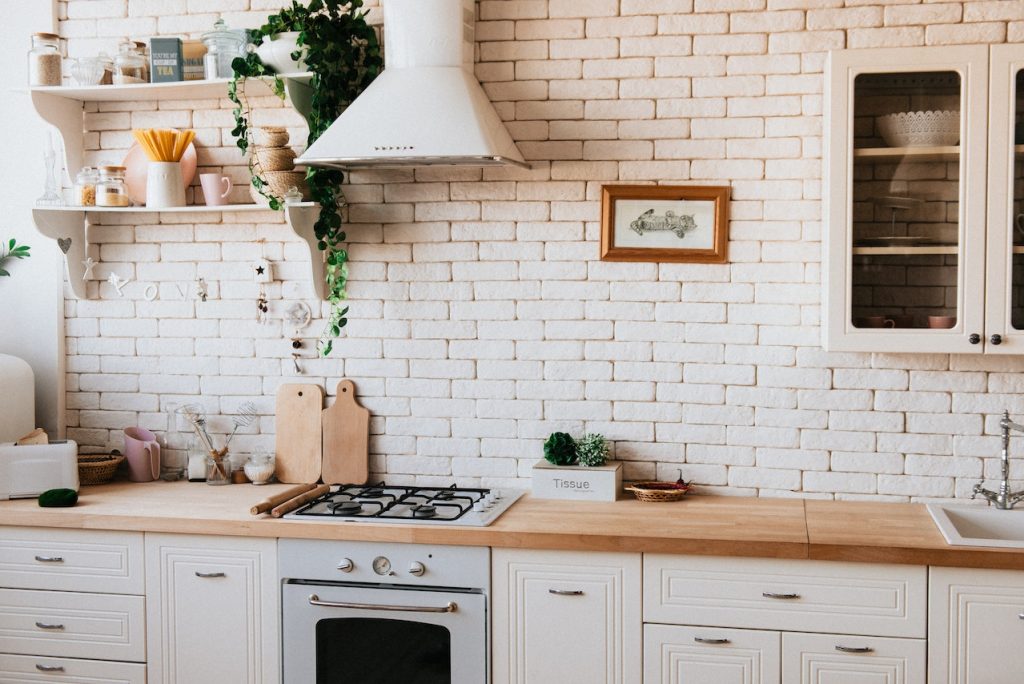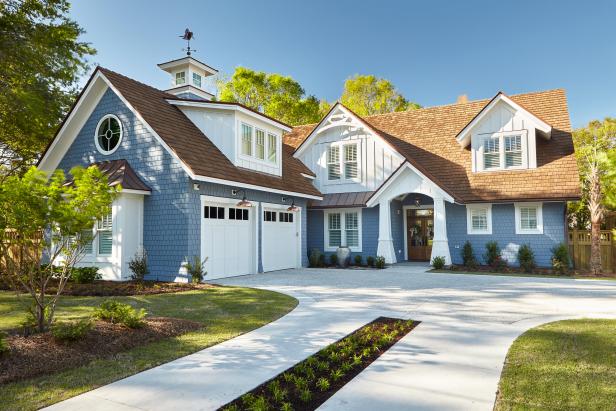It won’t be wrong to refer to our kitchens as the soul of our homes. Whether you eat to live or live to eat, cook on your own or have someone do it for you, you inevitably spend time in your kitchen. For this reason, your kitchen needs to be in a fit enough condition to serve its purpose.
If you live in a city like Tampa, which boasts a homeownership rate of 50%, according to the U.S. census bureau, you might want to consider kitchen remodeling once every few years. Renovating your kitchen can improve functionality and aesthetic value, and it may increase the overall resale value of your home.
If you’re confused and cannot figure out where to begin, or worried you may make a wrong decision, read along to know seven factors to consider before hopping on your kitchen makeover venture.
1. The climate in your region
Different regions have varying humidity levels, temperature ranges, and weather conditions. These factors can influence what materials you pick for your kitchen renovations. For instance, in a humid climate like Tampa, where the average annual humidity levels are about 70% for most of the year, as reported by Weather U.S., it’s important to choose moisture-resistant materials. This can help prevent warping, mold growth, and other moisture-related problems.
The climate also has an impact on the energy efficiency of a kitchen. People in hot regions like Tampa may prioritize energy-efficient appliances, insulation, and windows to reduce cooling costs and have long-term energy savings. You can also consider getting expert advice through reputable Tampa kitchen remodeling service providers to help you decide.
2. The design choice
Before embarking on a long project, it’s always wise to make yourself a checklist to help you keep track of things. After that, ask yourself some questions. What look do you want? Is it a French kitchen or that Italian kitchen you saw in your favorite movie?
Pinterest can come in handy at this time, so use it to its full potential. The more you browse and research, the more it will help you filter what it is you want from the myriad of options available.
3. Your goal for the project
Does your kitchen feel cramped and lacks storage? Do you want a walk-in pantry, maybe a few extra cabinets, or are you looking to minimize your space? Everyone has different reasons to rework their kitchen, so figure out what you want with yours.
Do consider your eating arrangement. You might want a seating arrangement within the kitchen. For smaller spaces, you might want it close to the kitchen. Whether you’re looking for extra functionality or want your kitchen to fit the house’s overall theme, plan your renovation accordingly.
4. Your budget
Now that you know exactly what you want, map out your budget. If you’re going for a complete home renovation, it is recommended to allocate 10% of your budget to the kitchen alone. Plan your appliances accordingly as well. You would want to consider its functionality, energy efficiency, maintenance, warranty, and, most importantly, installation costs.
With various remodeling experts, materials, and things to choose from, it can be difficult to allocate a reasonable share of the money. Think long-term and spend reasonably. Try to minimize extra costs and save some money for hidden expenses that pop up in the end. But remember not to go for the cheapest options because you may regret making a wrong choice for the future.
5. The color scheme
Choosing the right color for your kitchen can be tricky, especially given that there are various surfaces and materials present. Your desired style will decide your color scheme. You can play it safe by picking neutral colors. Light colors appear more bright and give a clean look.
If you have the heart, time, and money for it, don’t be afraid to go bold. Choosing a strong color can make your kitchen stand out. If you have a smaller space, stick to coloring a specific area and plan around it.
A clever tip is to reserve the boldest choices for things that can be easily replaced or reversed. You don’t want to stick with one thing forever in case you change your mind later.
6. The key components
If you have bare walls and extra money, get some backsplash tiles. They make a huge difference in the appearance of your kitchen, and the right color can do wonders for you.
Once you’re done with the layout, consider other vital components to complement your choices. For example, it is important to know suitable faucets and countertops to integrate with your theme.
Ask yourself, do you want wooden, marble, or granite surfaces? Don’t forget to keep it simple and not make a mess with too much in one place. Another key aspect that can’t be stressed enough is the lighting. It can potentially make a space look bigger and grander, so invest in it.
Power outlets are often overlooked but are very convenient. You don’t want extra wires running here and there, ruining the look you spent so long planning. Plus, no one wants to run their blender outside of the kitchen, making unnecessary noise at unwanted places. So double-check if you have them spaced out appropriately and in places that require them most.
7. Some aesthetic elements
Plants give an earthy hue that brightens up any place. Moreover, don’t skip flaunting your chosen show pieces. If you don’t want to cluster too much and have it minimalistic while also experimenting with new things, consider making subtle changes. For instance, opting for a unique spoon holder instead of a bland one, or swapping out your old plain coasters with patterned ones can make a small but rewarding difference. Planning this beforehand can help you have a consistent design at the end and stay within your budget.
The bottom line
Planning your kitchen renovation well can help you ensure that you can make the kitchen you want while staying within your budget. You should also remember that whatever change you’re making, you’ll have to take care of its maintenance and cleaning as well, so keep that in mind before going big.




